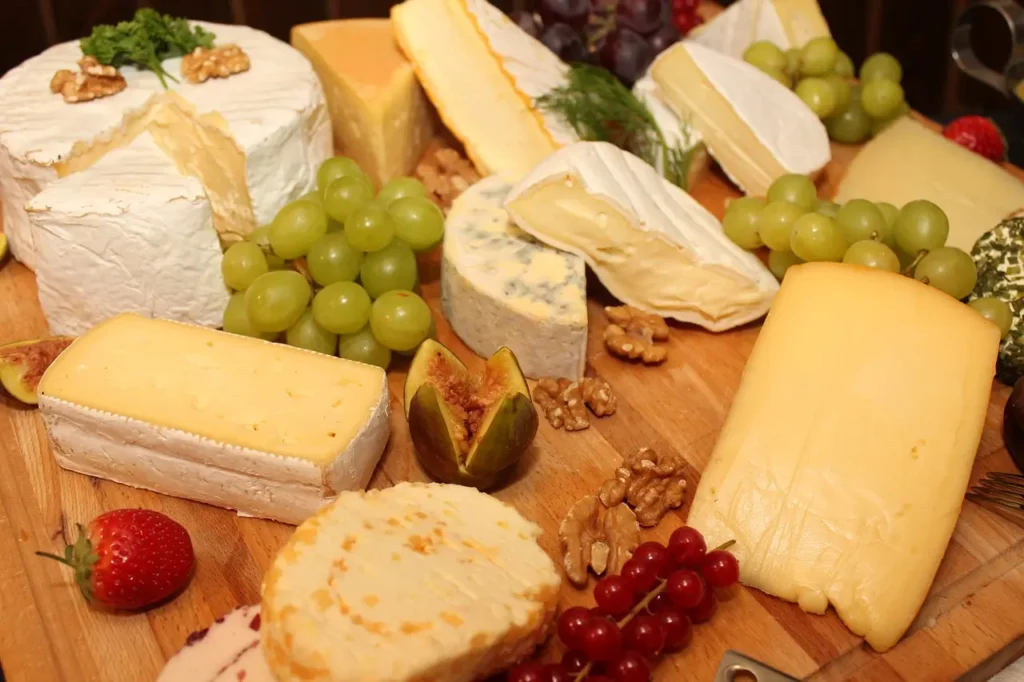When science meets cheese
Have you ever wondered whether the cheese you buy is authentic or counterfeit? Imagine having scientists who can tell the difference between different types of cheese, just by looking at their molecular movements. The European Network on NMR Relaxometry (EURELAX) led by Professor Danuta Kruk from the University of Warmia and Mazury in Olsztyn, is an Action that is turning the seemingly simple act of enjoying cheese into a scientific adventure. But beyond the cheesy pleasure, EURELAX researchers are making the most of NMR relaxometry in important areas such as the early detection of disease, the development of better energy sources and storage, the creation of advanced materials and the improvement of food quality.

The quantum physics surprise
Rooted in quantum physics, Nuclear Magnetic Resonance (NMR) relaxometry relies on the behaviour of nuclei, such as protons in a magnetic field. Nuclei behave like tiny magnets when exposed to a magnetic field and orient themselves appropriately. When we change the magnetic field, the molecular system adjusts, and the time it takes for this to happen, known as the spin-lattice relaxation time, depends on factors such as molecular structure and motion. Think of it as a molecular language and EURELAX aims to decipher it.
Exploring Molecular Motion
According to Danuta Kruk “NMR relaxometry ‘sees’ molecular motion”. In this molecular dance, it is the particular steps which determine the behaviour of materials and their potential applications – from medicine to the oil industry and food science.
“It is possible to fake the composition of food, but it is much harder to fake the arrangement of molecules and, consequently, their movement”, explains Danuta. “For example, macromolecules form a network (a system of pores) in which water molecules are trapped. Changes in the size, shape and distribution of the pores mean very different dynamics for the water molecules.”
In medicine, MRI scans, a revolutionary diagnostic tool, are based on differences in molecular motion between healthy and pathological tissue. This variation is translated into a map of relaxation rates, providing a non-invasive window into the human body for accurate diagnosis.
Bridging quantum physics and food science
EURELAX aimed to bring together scientists and industry members from various disciplines who use or want to use NMR relaxometry in their respective fields, in order to create synergies. This required collaboration between quantum physicists developing advanced models of spin relaxation processes and food scientists interested in improving the quality of cheese or honey crystallisation. Yet in the end, interdisciplinary collaboration proved to be the key to success.
“Although we spoke different scientific ‘languages’, molecular dynamics was our common dialect”
Prof. Danuta Kruk, Chair of EURELAX
The development of a major software package FITTEIA.org was one of the specific tangible outputs of EURELAX, which could not have been achieved without international collaboration.
The success of Action collaboration has not only led to several publications but is also reflected in joint projects. The funded Marie Curie RISE project (SuChAQuality), an initiative stimulated by the Action, involves members of the food industry, such as a beet sugar company, chocolate and confectionery companies, working with NMR relaxometry specialists to develop tools for quality analysis. HIRES-MULTIDYN is another ongoing project based on ultrafast high-resolution relaxometry (UHRR).
Decoding cheese with NMR relaxometry

The collaboration between food scientists and physicists resulted in the follow-up COST Innovators Grant (CIG) application ‘Nuclear Magnetic Resonance Relaxometry for Dairy Products’. The CIG aimed to use (NMR) relaxometry to test and improve the quality of dairy products and to verify their authenticity. The decision to focus on dairy products, in particular cheese, proved to be successful.
In the words of Danuta Kruk: “We chose dairy products because it worked. Food is a very complex molecular system. The most surprising finding was that the strict theoretical models of relaxation processes and molecular motion apply to such systems. And the NMR relaxometry successfully unlocked the secrets hidden in different types of cheese”.
Personal reflections on the Action
Reflecting on the most memorable moments during the Action, Danuta thought about the interview for the CIG application:
“I kept telling my team that I knew nothing about cheese and that I would rather solve a relaxation equation … if possible”, she confessed. “My colleagues said I had to learn, I said they had already learned, so they should do the interview. But they encouraged and motivated me to do it”.

“Coordinating EURELAX and it’s CIG was an honour. The collaboration exceeded my expectations and showed the power of bringing different minds together. I was overwhelmed by the fact that so many countries and institutions joined the Action; it was incredible.”
Prof. Danuta Kruk, Chair of EURELAX
In summary, EURELAX and its follow-up CIG are not just about molecules and cheese; they are a story of breaking down barriers, finding common ground and applying science to everyday curiosities. So the next time you enjoy a piece of cheese, perhaps you will appreciate the molecular dance on your plate.
Additional information
Read more about ‘European Network on NMR Relaxometry (EURELAX)’
Read more about ‘Nuclear Magnetic Resonance Relaxometry for Dairy Products’
Discover a series of webinars on the theme of NMR relaxometry theory and applications

